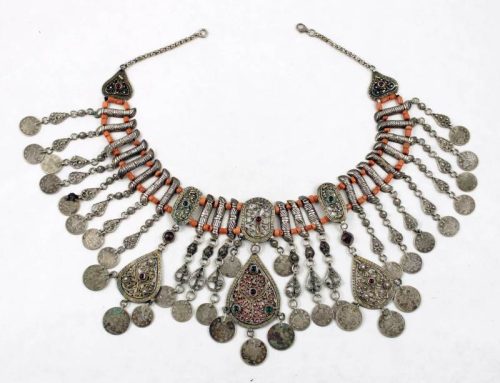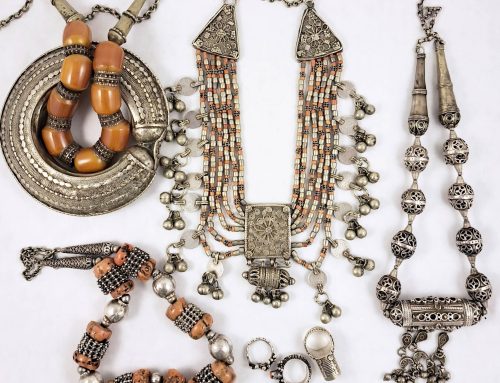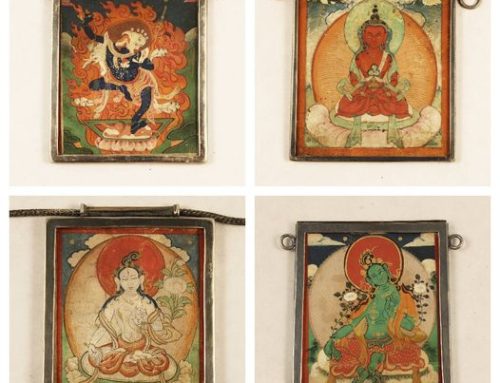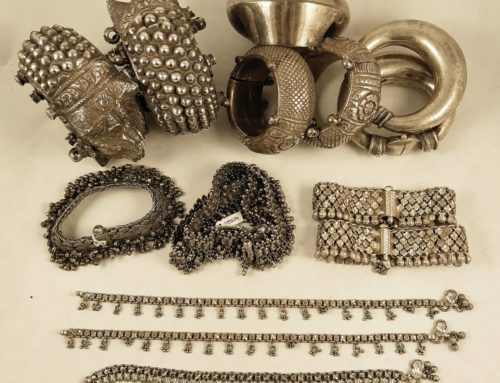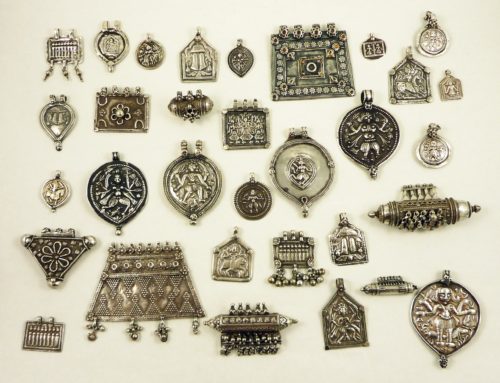Silver lingayat Lingam boxes from South India
One of the most amazing pieces of jewelry from South India is the Silver Lingam box caskets, a sort of amulet-pendant used by the Lingayat Shivaite sect.
The striking design, which feels very modern, is in fact a result of the need for the members of this Shiva sect to hold a Shiva lingam close to the body.
Lingayats are a Hindu group who believe that Shiva is the only deity, rather than the 3 gods revered by other Hindus. They also believed that the sacred presence of Shiva was not simply confined to the temple, but that it could be held in these pendants for a personal connection to the god.
How is the Lingam box used?
For the Lingayat sect, the small movable Shiva Lingam pebble stone is the only and true Shiva’s symbol. That means that both men and women need to carry it on them all the time. This way they can take the lingam every day from the casket, wherever they are, and do the daily ablutions and prayers. Once finished they can then put it back inside the casket.
The Lingam box is regularly used as a necklace or as a bandolier, but it can also be worn on the left arm or on the top of the head under a cloth cap (by a Lingayat Jangam priest ).
The Lingam must be very carefully guarded and protected. The need for a lingam casket is obvious. All Lingayats, young or old, poor and rich, carry their lingam on the body at all times. Its loss is regarded as spiritual death, although, with proper ritual, it can be replaced by the priest.
Materials and shapes used for lingam boxes
Caskets were once made of sandalwood and copper, which is considered to be a ritually pure metal among all Hindus. Today, the wealthier mercantile class uses silver, and those who can afford it use gold.
Shapes can vary slightly. The examples shown on this post are a metaphor of the golden egg, representing the creator, the source of life. Other examples are rectangular in shape with the top suggesting bull’s horn. Finally, some rare examples feature on the top a representation of the lingam together with Nandi, a bull identified as the vehicle of Shiva in Hindu mythology.
Information extracted from: “Traditional Jewelry of India”, Untracht, Oppi, Harry N. Abrams. Inc publishers, 1997








